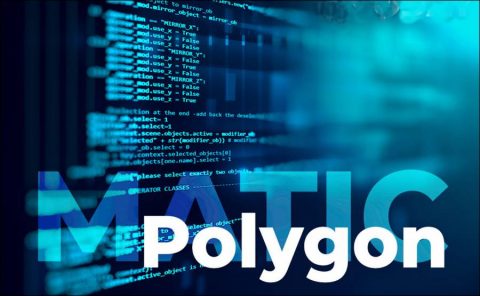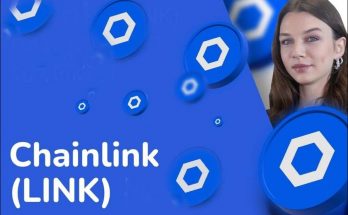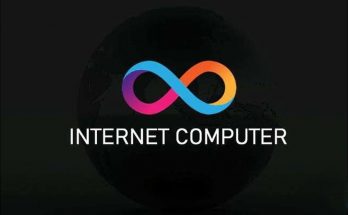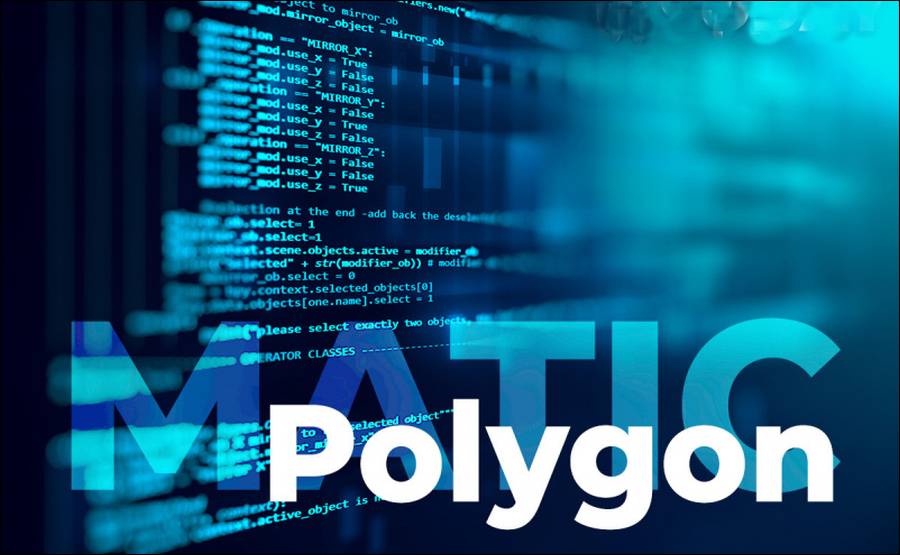The protocol that builds a network of blockchains compatible with Ethereum is called Polygon, and the protocol’s utility token is called MATIC. Polygon, a Layer 2 solution, aims to increase scalability and deliver faster and cheaper transactions through sidechains that work with the Ethereum main chain.
Polygon, formerly Matic, was founded in 2017 by blockchain developers Jaynti Kanani, Sandeep Nailwal and business consultant Anurag Arjun. The protocol was renamed Polygon in February 2021.
The target of Polygon (MATIC)
The Polygon protocol aims to transform Ethereum into a multi-chain system, the “Internet of Blockchains”. Similar to multi-chain systems such as Polkadot and Cosmos, Polygon also offers the advantages of Ethereum such as security, openness, living ecosystem and network effects.
On the other hand, the protocol also provides solutions to Ethereum’s problems such as low transaction count, poor user experience and lack of community governance. Polygon sidechains also support decentralized finance (DeFi) protocols in the Ethereum ecosystem.
The main component of the protocol, the Polygon SDK, is a modular and flexible framework that enables the development of many types of applications. With this framework, developers can develop customized blockchain networks according to their needs.
Polygon uses a customized version of the Plasma framework built on proof-of-stake checkpoints running on the Ethereum main chain. Through this framework, Polygon can reduce block times to less than two seconds and process 65,536 transactions per block.
MATIC is the Polygon ecosystem’s intended use token. MATIC, an ERC-20 token, is used to pay transaction fees on Polygon, participate in network management, secure security through staking, and payments between users.
Staking is critical in the Polygon ecosystem as it ensures network security. Validators on the network use MATIC tokens as collateral to participate in the proof-of-stake consensus mechanism and earn MATIC in return. In addition, Polygon uses block producers to finalize main chains to increase decentralization.
While Polygon is only compatible with Ethereum for now, it aims to support more blockchains over time and become an interoperable Layer 2 blockchain platform.
With a total supply of 10 billion, MATIC is released in a certain amount every month. The circulating supply of the token is 6.2 billion as of May 2021. All tokens are scheduled to be released by December 2022. MATIC hit an all-time high of $2.68 on May 18, 2021, according to CoinMarketCap data.
MATIC can also bought and sold on cryptocurrency exchanges such as Binance, Coinbase, Huobi, KuCoin, Gate.io, OKEx, Gemini, Crypto.com and Kraken, as well as decentralized exchange Uniswap.
Visits: 74




